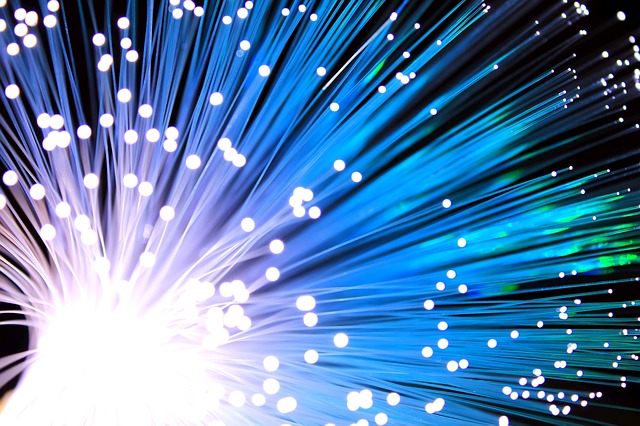Active Optical Cables has this unique capability to ultise the same electrical inputs that were used as traditional cables. The only difference is it has optical fibers in between the connectors. The AOC were able to deliver faster connection and it has a very good distance performance in comparison with the copper cables while it maintains a very good compatibility with some of the great standard electrical interfaces. We have dived into their useful use for the realm of USB and several benefits they bring the users. Let’s take a very close look at what these AOC’s can do better and offer.
AOCs are what we call the opto-electronics devices that are being used in replace of some of the standard fiber optic transceivers because of its ease of usage. It also has lower deployment and lower cost of manufacturing when you compare it to other transceivers being used in the market. It is used with separated fiber optic cale assembles.
One of the most basic concept of an AOC fiber optic is to be able to embed the most active optical transceivers inside the assembly – in contrast to utilizing the pluggable fiber optical transceivers and other standard fiber cables.
Mainly invented to replace copper cabling in data centers and high performance computing applications, AOCs and their list of benefits can make older technologies seem obsolete. They have longer reach, higher bandwidth handling capabilities and provide secure, reliable transmissions. AOCs also limit EMI/RFI and provide low bit-error rates. Plus, AOC assemblies are smaller and lighter than copper cables, making the datacenter physically easier to manage.
In addition to this, the assemblies made of AOC appears to be smaller and lighter than most of the copper cables available in the market. This feature makes the datacenter much easier to be navigated physically.
These AOC’s are very ideal for some of the short-range, multi-lane data caommunication in between engineering interconnecting application. Most of these assembles were able to support a large range of protocols that includes the Ethernet, infiniBand and some of the Fibre Channel. They were able to utilize the rack-to-rack, optical backplanes for some of the storages and many more.
With these combined best benefits, some of the AOC assemblies might appear so good to be true. But they are very real and there are companies out there that are producing these quality products.
